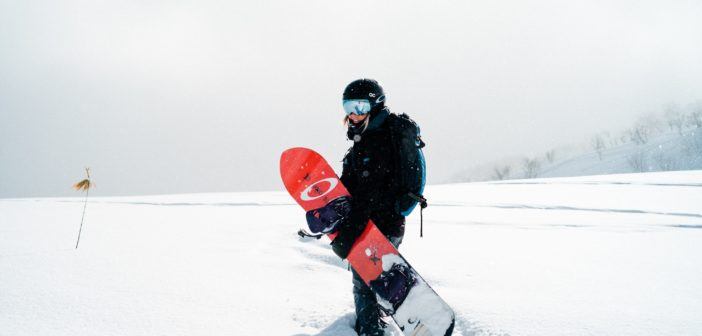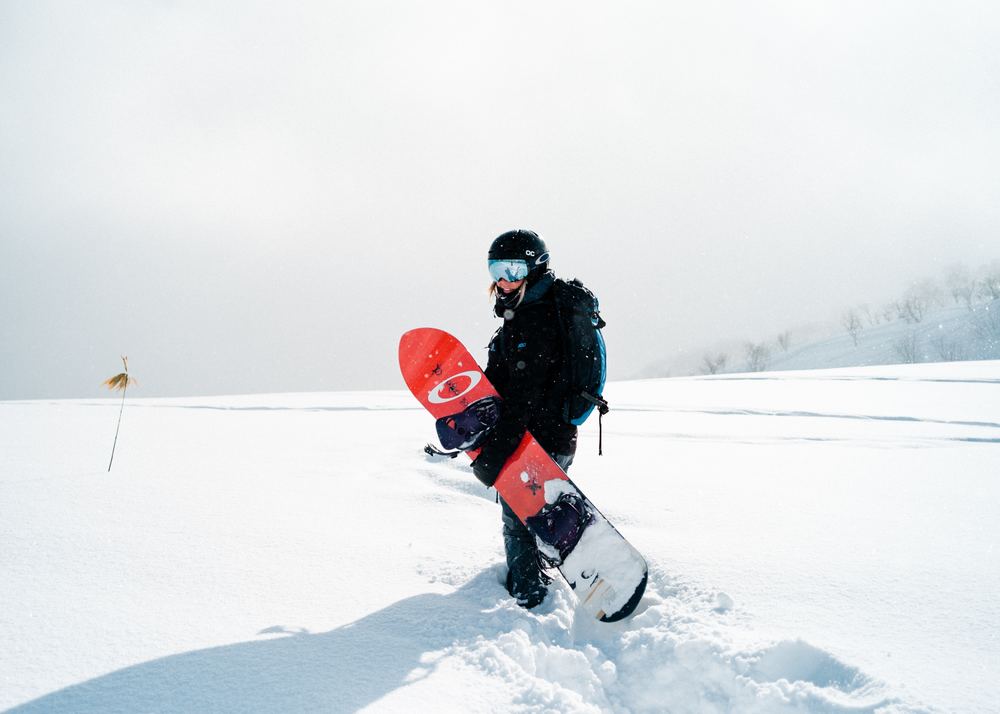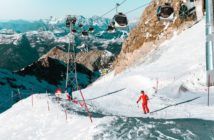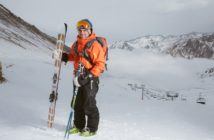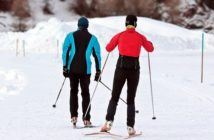Buying the right type of snowboard or ski can make your experience that much smoother.
If you are looking for the type of snowboard or ski that is best for you, or are simply hoping to change up your riding game a bit, then this short guide will help!
Mainly, what is a camber vs. a rocker? Which is better? How are they different? Before we dive in, let’s cover a few basics.
Snowboard and ski salesmen will try to sell you products based on your height alone, but there are other parameters that need to be considered as well.
Contents
An Overview of the Perfect Fit
Weight
Every snowboard has a weight limit, and some types are more equipped to handle a greater amount of weight than others.
The heavier you are, the bigger your board needs to be to keep you on top of the powder rather than sinking into it.
Height
Of course, your height does play an important role in choosing the right board or ski. The taller you are, the more leverage you will have to bend the board in the way you want it.
Being able to bend any board or ski, no matter your height, does take skill, but adding height on top of that certainly helps!
Foot Size
The last parameter you want to check is foot size.
You want to make sure your feet do not stick out over the sides of your board or skis, because it can create an unpleasant drag along the powder that will affect your shredding down the slopes.
Similarly, having a board that is too big for your feet will make your edge to edge transitions much slower than you want them to be.
Camber vs. Rocker Profile
Once you find a board or ski that seems to fit these physical parameters, you will want to then decide which camber profile is right for you.
Camber profiles are basically the shape of the board or ski. Camber and rocker are the traditional profile types, though recently, snowboard and ski companies have made camber-rocker hybrids as well.
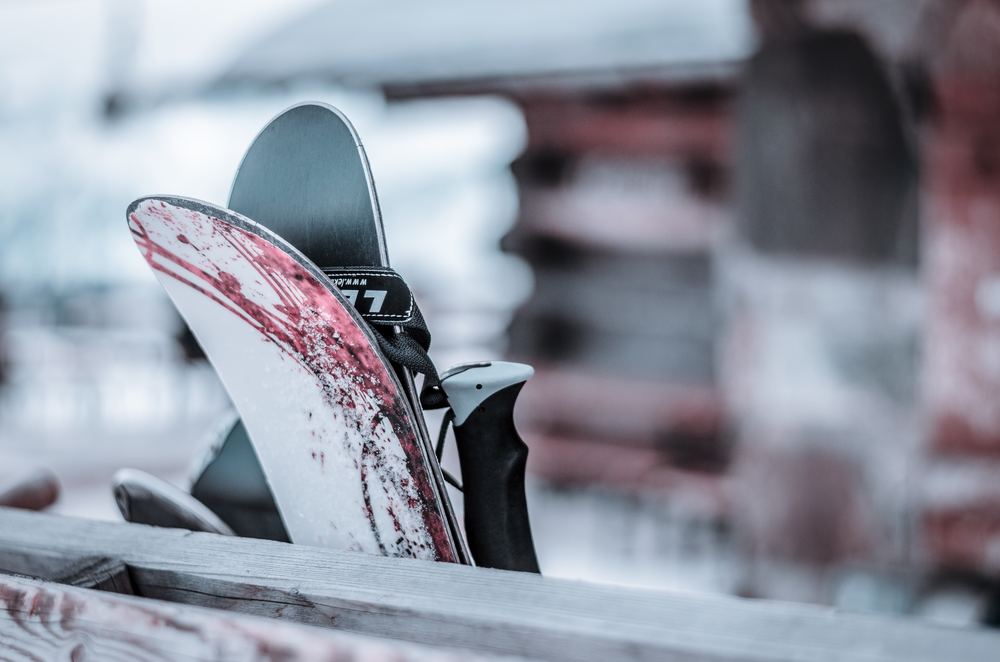
There is a bit of a camber vs. rocker debate among snowboarding and skiing communities, but there is no “best” type of snowboard or ski. There are merely different types that suit different styles for different users.
Let’s take a look at the pros and cons of each type here.
What are Camber Skis and Snowboards?
A camber-type snowboard or ski is the more customary shape. They are arched up in the middle, while the tips and tails touch the ground.
The more traditional camber ski or snowboard gives you enhanced stability when turning or landing, more precise turn initiations, edging performance, and pop for those who like do a lot of jumping or high carving.
This is because camber skis and boards are stiff, and thus want to snap back to their original shape as soon as they can, which provides the stellar pops that more high-end powder shredders will want to practice.
It is a powerful board in both groomed terrains and harder snow areas alike, and, because of its great traction along the snow, is the perfect board or ski to use in a race.
The downside to cambers is that they are difficult to maneuver in deep snow. The style does not float well, but instead presses more into the powder, even when you lean back to keep the nose up.
Still, because it was the only style to have existed for a long time and is easy for beginners to get used to, this type is still widely regarded to be the “best” of all your options.
Rocker
Sometimes called a reverse camber due to how different it is from a more traditional camber ski or snowboard, a rocker-type is the exact opposite of a camber.
Rather than having an arch in the middle, it instead lies flat along the ground with the tip and tail sticking up. Rockers may also be called early rises or even mustaches because of this design.
People who use rocker-type boards or reverse camber skis find that they are much easier and much faster to turn. They also offer much better float and are more equipped for deep powder.
Since it is much more difficult to catch an edge, these boards and skis are perfect for beginners. Their forgiving nature will help you get used to the feel of this sport.
Unfortunately, rocker types are not very stable as you gain speed or land, and you will feel shaky on them.
You will also have to put more effort into doing tricks like ollies, because they have much less pop than traditional cambers.
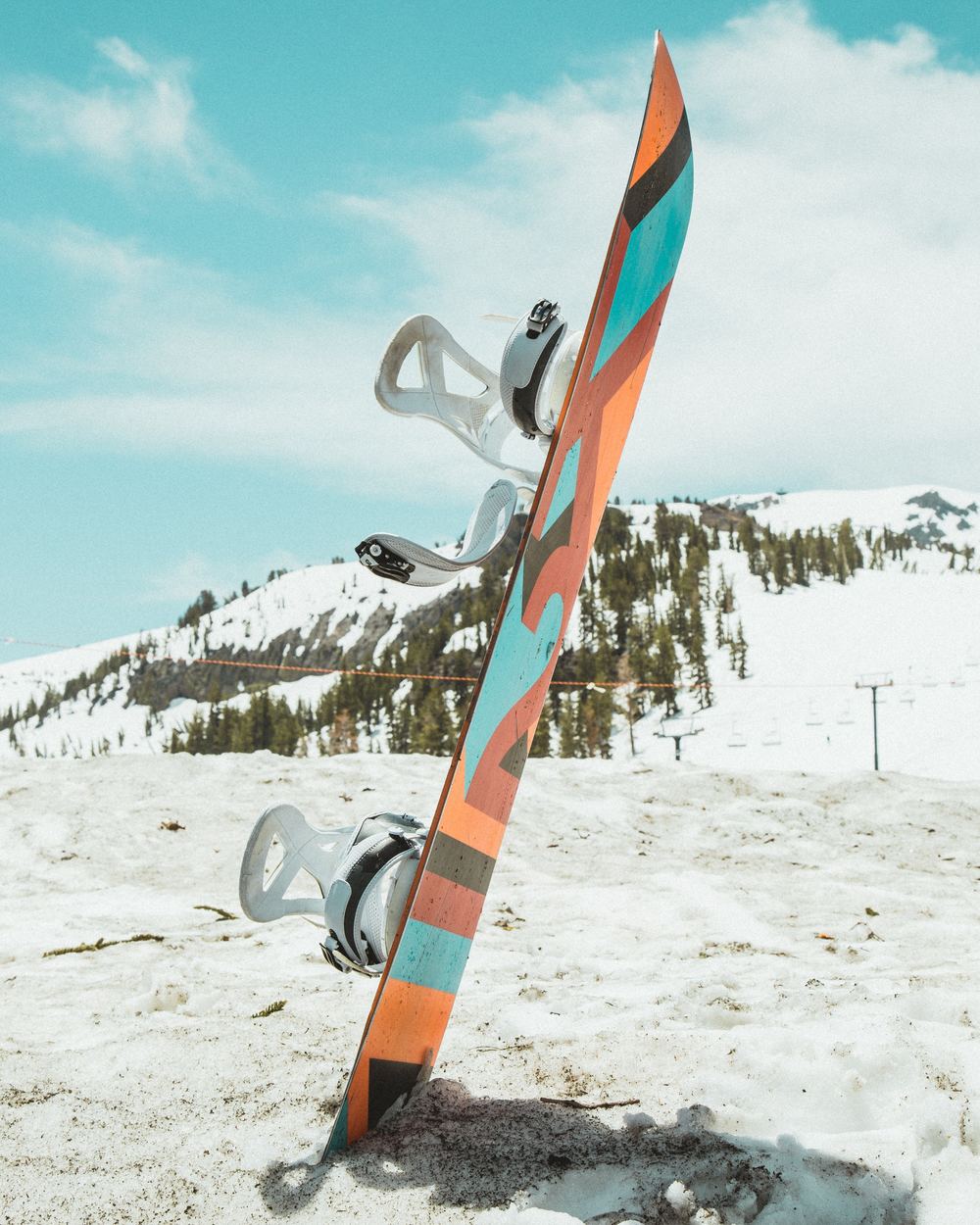
Carving becomes all but impossible with this type, no matter your skill level. This is because rockers have practically zero effective edge, which is the function that helps provide more stable turns and maneuvers.
Flat
Flat in terms of snowboards and skiing refers to how flat a certain part of the board or ski is on the ground.
This is a special type of camber snowboard or ski that runs flat along the ground. In a sense, it is like a rocker with its flat middle part, but its tip and tail do not stick up, which is more like a camber type.
Flat boards and skis provide some of the best of both types. They are just as stable as camber styles in landing, but with the added bonus of not having tips that make you sink into the powder.
You can float on flats much like rockers, but you also have the luxury of being able to race in groomed areas. They have better edge grips than rockers and better maneuverability than cambers.
You can also hit big jibs on these boards, though ollies will take a bit more work, and your carving won’t be as powerful as you would have found with a camber.
The downsides to this board are the reduced speeds in other areas, due to the flat board or ski dragging along the ground and the fact that they are more prone to catching edges.
Snowboards are more likely to be completely flat than skis, though flat skis do exist. However, it is much more common to see full rocker skis, which are flat in the middle but have rocker tips or tails.
The Tip and Tail
The tip and tails of your snowboard or skis are the front and back-ends of them respectively.
Different tips and tails provide different snowboarding or skiing experiences, as described with the camber and rocker styles, but the shapes of the tips and tails can also impact your experience.
- Blunt nose tips can increase the volume of your skis’ tip or board’s edge, which improves float without adding too much length or weight to it.
- A pin tail is tapered and slightly rounded, which can make it easier to release from a turn or help you adjust to different curve shapes.
- Flat tails with straight edges blend the sidecut into the tail to allow for better grip and hold on your feet.
- Twin tip skis have turned-up tips and tails, which can create a bit of a playful feel. They also help you exit from turns more easily.
Here’s a video explaining more on the difference between camber vs rocker snowboards.
Different Camber-Rocker Hybrid Combinations
Cambers and rockers are not mutually exclusive types of snowboards and skis, however. There are plenty of hybrids out there which try to combine the benefits of each.
Camber/Rocker/Camber
The camber/rocker/camber hybrid (also known as the hybrid rocker) combines the camber’s tip and tail with the middle part of a rocker.
This is so you can get the same pop as you would find with a camber, while also capturing that perfect float along deeper powder areas, as you would with a rocker. It provides a looser feel and allows for easier turns.
The downside to this type is that while it may combine aspects of both, it also neutralizes a few aspects that truly make either type shine.
While you may be able to pop extremely well with this board or ski type, it does not provide as much as a full camber type would. It is also less stable, making them a bit unsafe for rails and to use at high speeds.
Generally, people who have used this type say that it feels more like a rocker than a camber anyway.
Rocker/Camber/Rocker
The next type is the rocker/camber/rocker hybrid (also known as the hybrid camber).
The rockers in the tip and tail provide great float and turn initiation, while the camber in the middle provides you with stability, pop, and better edge-hold.
It is one of the most versatile snowboard or skis you will find and truly exemplifies the best qualities of both types.
This hybrid is perfect for backcountry snowboarding or skiing, and seems to perform the best out of all the types in many different snow settings, as found by Snowboarding Profiles.
The only disadvantage seems to be that it feels washy at times at the nose or tail, especially when compared to a traditional camber.
Rocker/Camber/Camber
There is another lesser-known type where the tail and the middle portion are full camber, but the tip is comprised of a rocker.
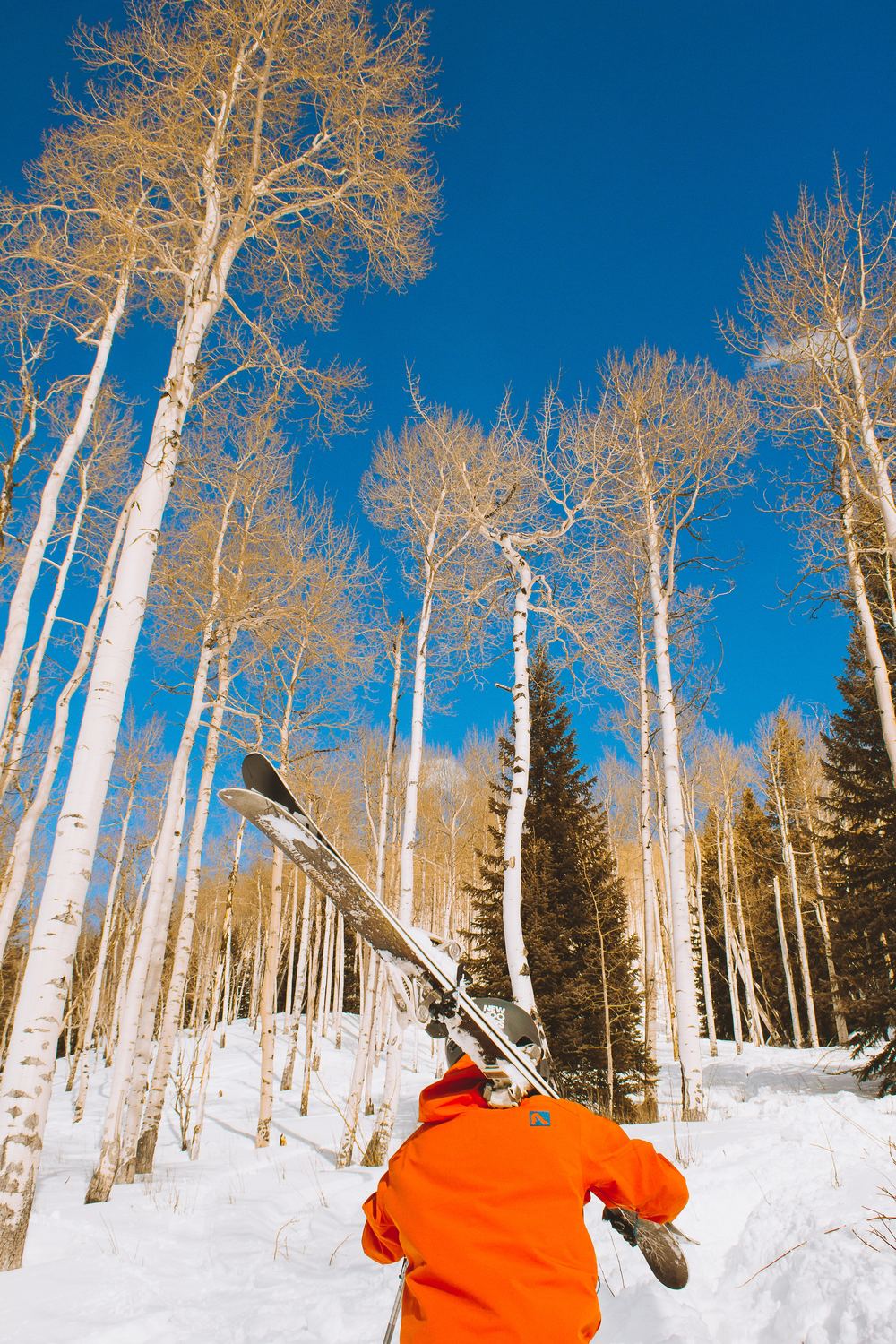
While it may look like an unbalanced board or ski, this rocker tip actually provides more balance for many skiers and is growing in popularity.
While it does not provide the float you would feel with a full rocker ski or board, it improves the camber’s lack of ability to float in soft or variable snows.
They are also easy to turn, easier to balance, have better maneuverability, and make skiing or snowboarding that much easier to control.
Please note, however, that the tip is prone to vibrating as you ski or snowboard down a slope. They will also not track that well on groomed areas or hardpacks.
You may also choose to have a tail rocker instead of a tip one. The rocker tail provides a softer feel to your skis or snowboard and reduces the effective edge.
This allows for easier pivoting and turning. However, this type seems to have its fair share of cons as well.
It has reduced tracking stability in longer turns, less energy when turning, and has poor stability and edge grip when it comes into contact with hard snow.
Flat Types with Rocker or Camber
You can also combine the flat type with either the rocker or camber type.
Typically, the rocker/flat/rocker hybrid works well for beginners, due to stability the flat portion provides.
It also gives you some cushion with the rocker tip and tail, making for easier turns and the ability to catch fewer edges.
Powder Type
Your hybrids do not have to be perfectly symmetrical either. The powder (or S rocker) type is basically a rocker/camber/rocker, but with the curve set further back instead of right at the middle.
This type is typically used by more experienced freeride or powder snowboarders.
The camber’s location is close to the back allowing for more stability underfoot, while also providing more float and quicker turning through tight areas.
The only downside to this board or ski type seems to be that, despite its maneuverability, it is not very versatile.
This type does not switch well, but if that is not your goal, then this shouldn’t be a problem.
Here’s a video explaining more on how to choose your snowboard shape.
Conclusion
Camber vs. rocker snowboard or camber vs. rocker ski debates will always put one or the other up on a pedestal, but it is nice to know the benefits and cons of each type.
This allows you to better choose one that suits your specific needs and skill levels. You may even want to try out a hybrid type to get a feel for the benefits of both!
Whether you decide to purchase a camber, rocker, or a hybrid of the two, you are sure to have a much better time out on the slopes now, thanks to knowing which type is right for you!
What type of equipment do you choose when it comes to camber vs rocker?

